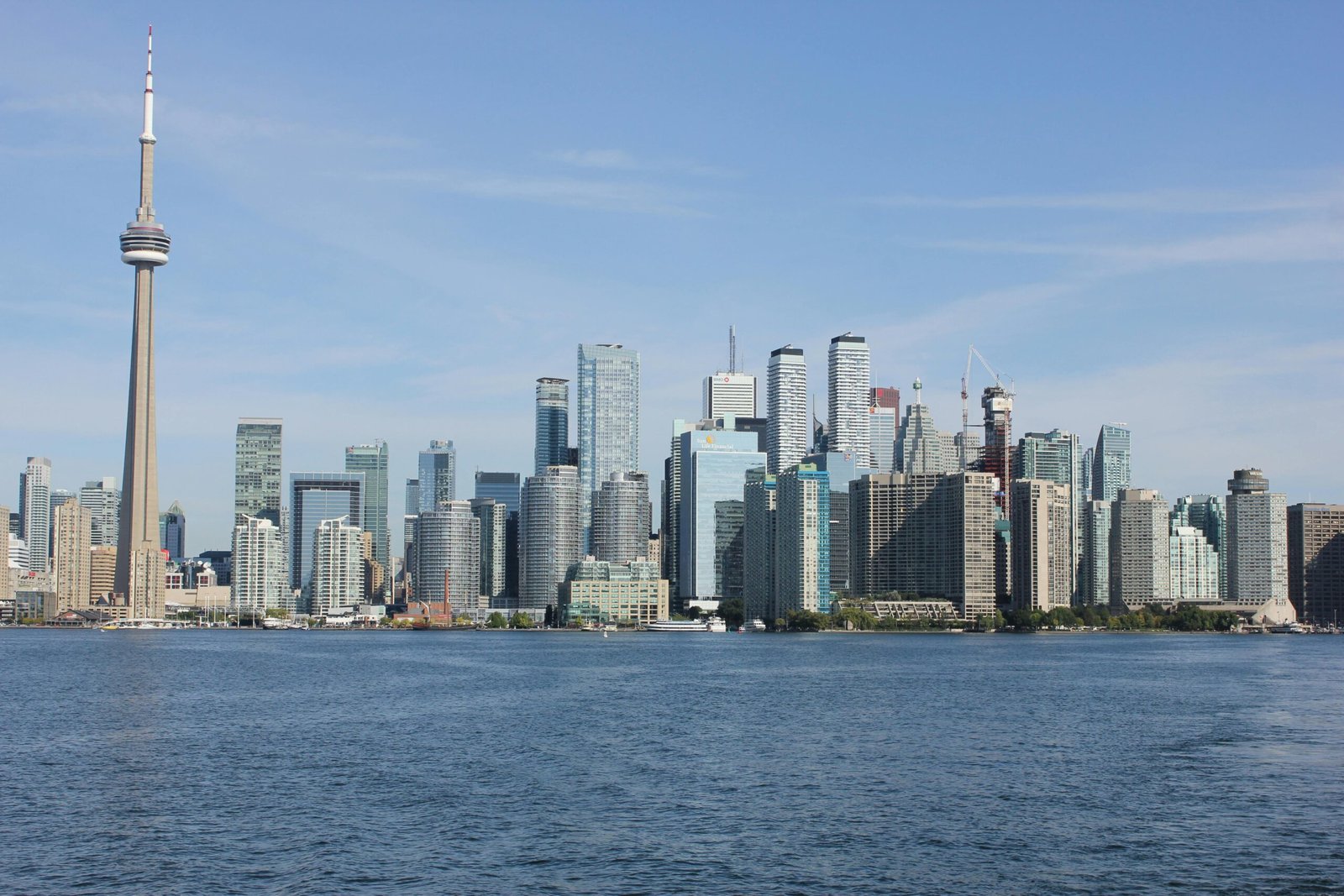Introduction
Immigrating to Canada is an exciting and life-changing journey. Whether you’re arriving as a skilled worker, international student, or permanent resident, the decisions you make in your first few years can shape your long-term financial success. Many newcomers face challenges like understanding the banking system, building credit, and navigating a new tax structure—all while adjusting to a new culture and lifestyle.
This guide provides actionable financial steps to help newcomers build a strong, stable financial foundation in Canada.
1. Open the Right Bank Account
Most major banks in Canada offer newcomer banking packages. Look for accounts with:
- No monthly fees (for the first year)
- Free international transfers
- Support in multiple languages
Tip: Start with a chequing account for daily transactions and a high-interest savings account for emergencies or short-term goals.
2. Start Building Credit
Canada is a credit-based economy. You’ll need a credit history to rent an apartment, get a car loan, or qualify for a mortgage.
Steps to build credit:
- Apply for a secured credit card
- Use it for small purchases and pay the balance in full each month
- Avoid maxing out your card (keep usage below 30% of the limit)
3. Learn the Canadian Tax System
Understanding how taxes work is crucial. Even if you just arrived, you may still need to file a return.
Key concepts:
- Tax residency: You’re considered a resident for tax purposes as soon as you establish significant ties (home, family, job).
- CRA benefits: You may qualify for the GST/HST Credit, Canada Child Benefit (CCB), and more.
- Filing date: April 30 each year (or June 15 if self-employed).
4. Budget and Save
Start with a monthly budget that reflects your income, rent, transportation, groceries, and savings goals.
Tools to help:
- Free apps like Mint, YNAB, or PocketSmith
- A simple spreadsheet to track income and expenses
5. Use Registered Accounts to Save and Invest
Learn about Canada’s tax-advantaged savings tools:
- TFSA: Save and grow money tax-free. No penalty on withdrawals.
- RRSP: Reduces your taxable income; good for long-term retirement savings.
- RESP: Ideal if you have children. The government matches contributions with a 20% grant.
6. Seek Professional Guidance
A fee-only financial planner can:
- Help you create a long-term financial plan
- Explain Canadian financial systems in simple terms
- Tailor advice to your immigration status and goals
Conclusion
Your early financial decisions in Canada will shape your long-term quality of life. Take small, informed steps now, and you’ll be well on your way to financial independence and security in your new home.
